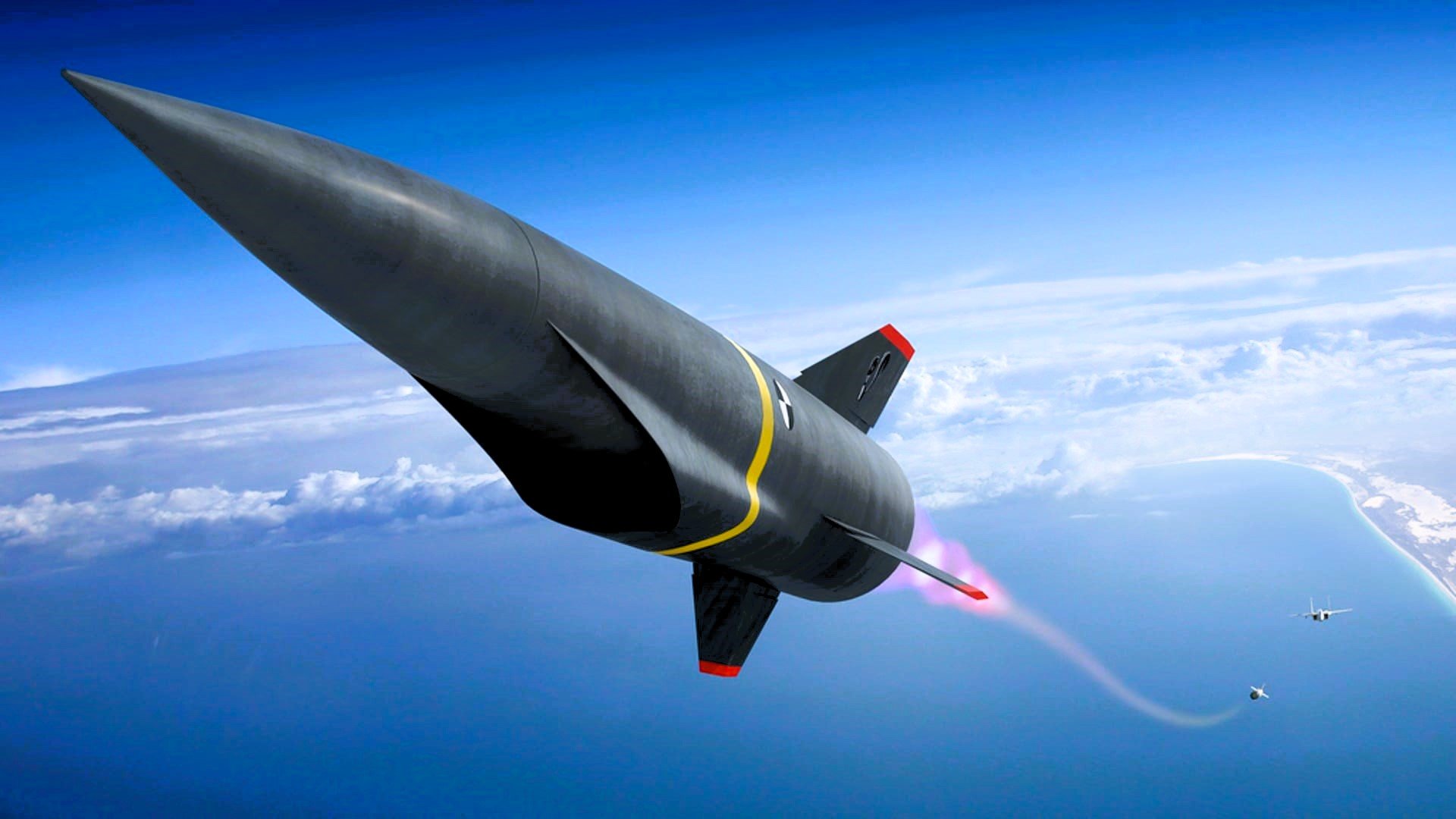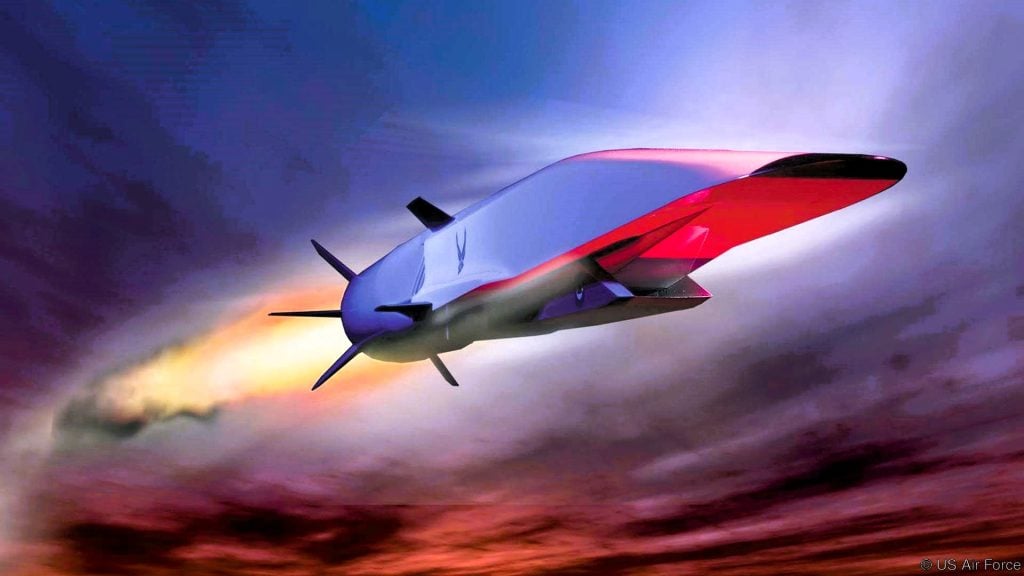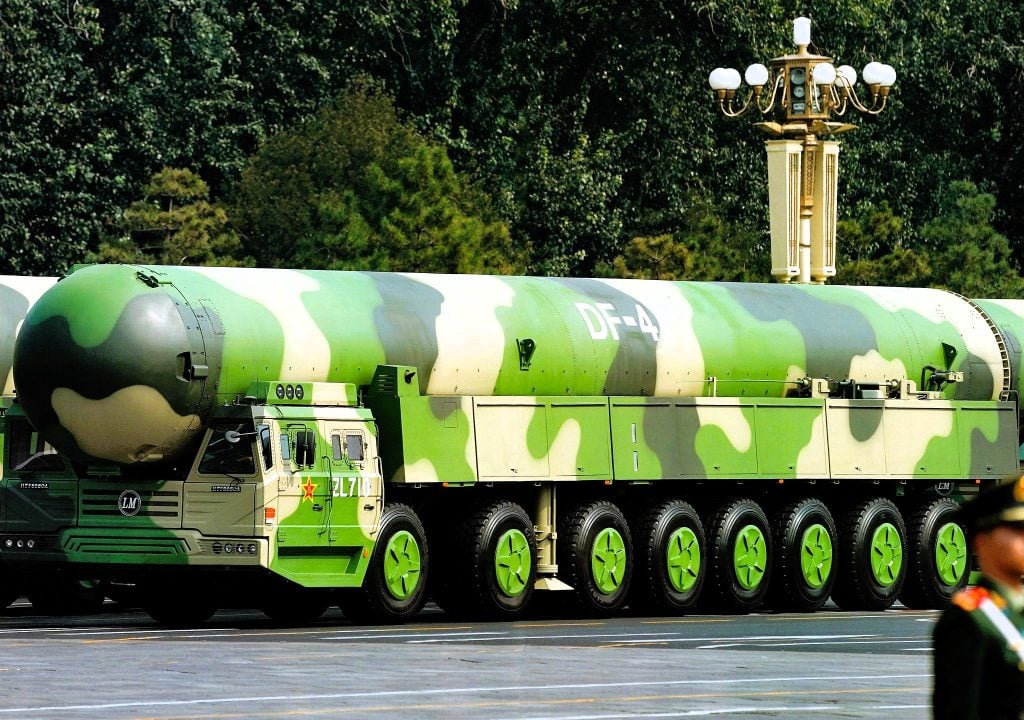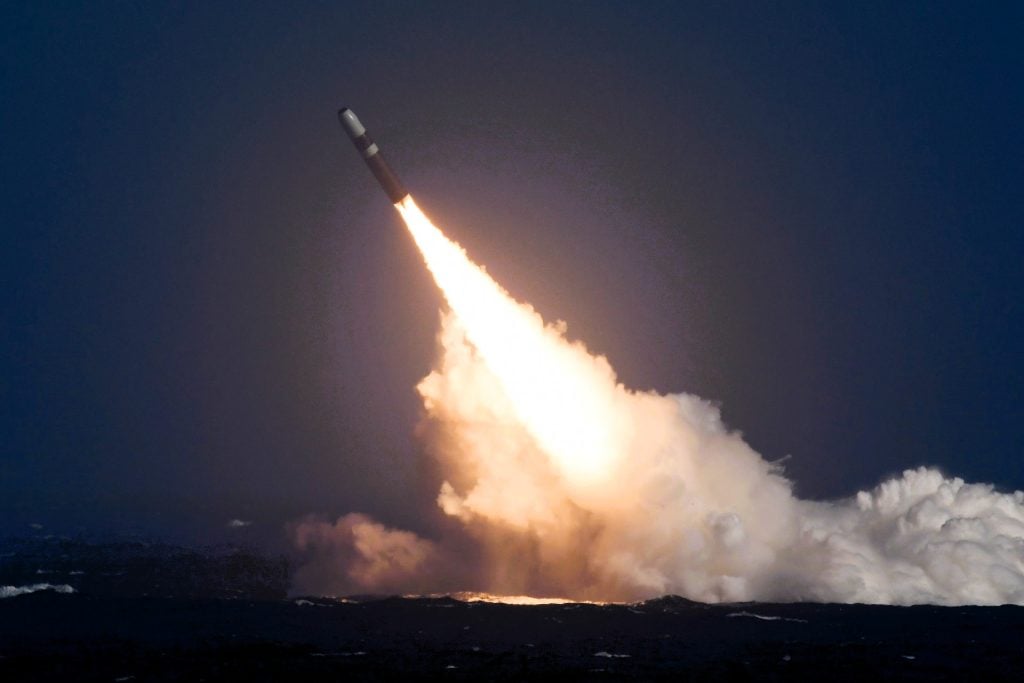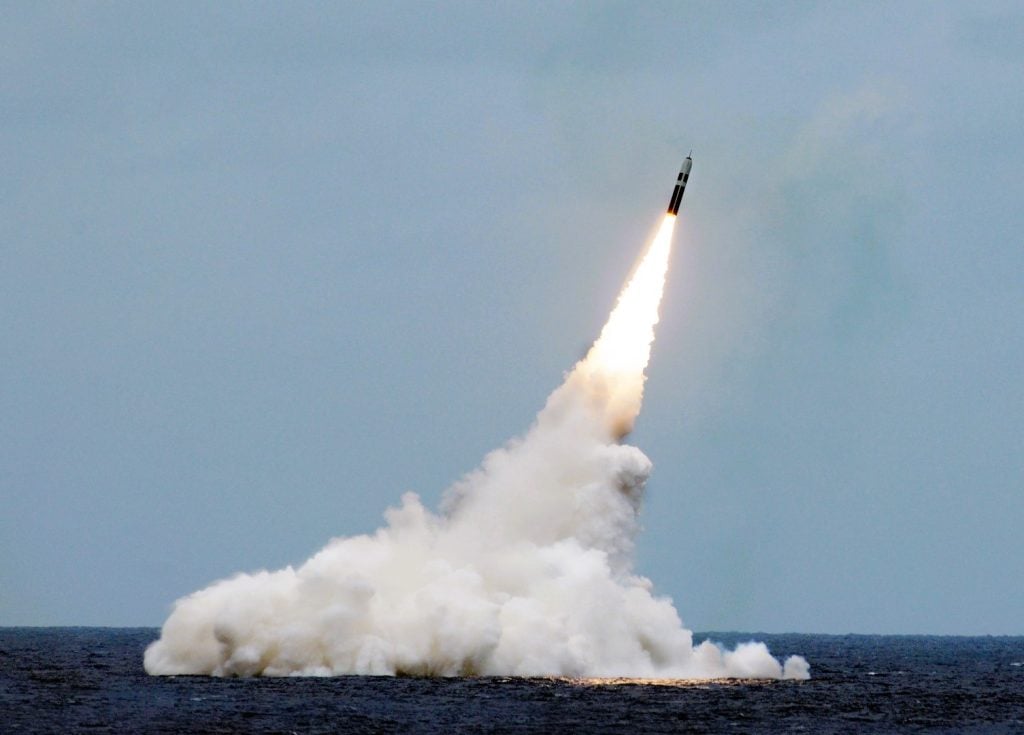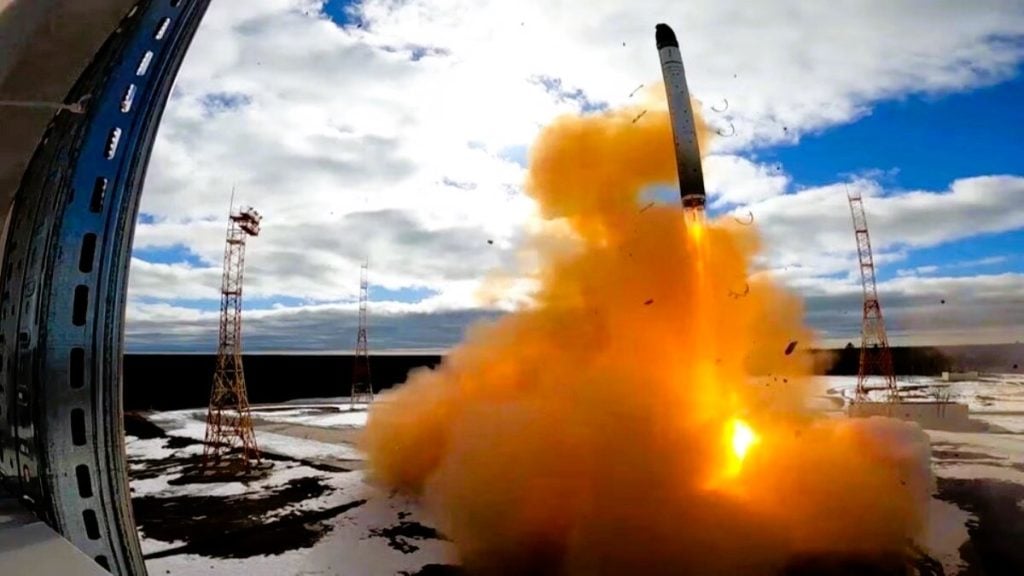The modern battlefield is a realm of unparalleled technological advancement, where the speed and precision of missiles have become the hallmarks of military prowess. In this captivating exploration, we delve into the Fastest Missiles in the world, uncovering their remarkable capabilities and the strategic significance they hold in the global defense landscape.
10 Top Nuclear Power Countries 2024
The Need for Speed
In the high-stakes arena of modern warfare, speed is a critical factor that can mean the difference between success and failure. Missiles engineered for exceptional velocity possess a distinct advantage, as their ability to outmaneuver and evade enemy defenses enhances the likelihood of successful target penetration. Rapid deployment and engagement capabilities further amplify the strategic value of these lightning-fast projectiles, enabling military forces to respond swiftly and decisively to emerging threats.
Evasion and Interception
The sheer speed of the world’s fastest missiles poses a formidable challenge to adversaries attempting to intercept them. With some reaching velocities exceeding Mach 25, these hypersonic wonders can cover vast distances in a matter of seconds, leaving little time for defensive measures to be implemented. This evasive capability not only complicates the task of interception but also serves as a deterrent, as the ability to strike with lightning-fast precision can profoundly impact strategic decision-making.
Extending Reach and Responsiveness
The remarkable speed of these missiles also translates to enhanced range and responsiveness. By covering greater distances in shorter timeframes, these advanced projectiles can be deployed rapidly, enabling military forces to engage targets with unparalleled agility. This responsiveness is a crucial factor in modern warfare, where the ability to swiftly react to emerging threats can be the deciding factor in the outcome of a conflict.
The Titans of Speed
In the ever-evolving landscape of missile technology, a select few stand out as the true titans of speed. From Russia’s Avangard to China’s DF-41 and the United States’ Trident 2 and Minuteman 3, these cutting-edge missiles have redefined the boundaries of what is possible in the realm of ballistic and hypersonic weaponry.
1. Avangard
Developed by Russia, the Avangard missile has earned its reputation as a true game-changer in the world of hypersonic technology. Capable of reaching speeds up to Mach 27, or an astounding 32,200 kilometers per hour, the Avangard’s incredible velocity is matched by its ability to perform rapid maneuvers, making it virtually impossible to intercept. This revolutionary weapon represents a significant leap forward in Russia’s military capabilities, showcasing the nation’s commitment to maintaining a strategic edge in the global arms race.
2. DF-41
Hailing from China, the Dongfeng-41 (DF-41) is a ballistic missile that has captured the attention of military analysts worldwide. With a reported top speed of Mach 25, or approximately 30,600 kilometers per hour, the DF-41 stands as one of the fastest missiles in China’s arsenal.
Its impressive range and the ability to carry multiple warheads make it a formidable strategic deterrent, underscoring China’s growing military prowess on the global stage.
3. Trident 2
The Trident 2, an integral part of the United States’ naval defense, is a submarine-launched ballistic missile renowned for its exceptional speed and accuracy. Capable of reaching speeds exceeding Mach 24, or around 29,654 kilometers per hour, the Trident 2 serves as a key component of the U.S. Navy’s sea-based nuclear deterrent, providing a reliable and responsive strike capability.
4. Minuteman 3
The Minuteman 3, another stalwart of the United States’ ballistic missile arsenal, boasts impressive speed and range.
With a maximum speed of approximately Mach 23, or 28,200 kilometers per hour, the Minuteman 3 serves as a crucial element of America’s intercontinental ballistic missile (ICBM) capabilities, offering rapid and precise response options to potential adversaries.
5. RS-28 Sarmat
Developed by Russia, the RS-28 Sarmat, often referred to as “Satan 2,” is a heavyweight among hypersonic missiles. While its exact speed is classified, estimates suggest it surpasses Mach 20.4, or 25,500 kilometers per hour. Designed to carry a variety of warheads and penetrate any existing or prospective missile defense systems, the RS-28 Sarmat represents a formidable advancement in Russia’s military capabilities, boasting a maximum range of up to 18,000 kilometers.
The Comparison of the World’s Fastest Missiles
To better understand the sheer speed and technological prowess of these remarkable missiles, let us compare their key performance metrics:
| Missile | Origin | Maximum Speed (Mach) | Maximum Speed (km/h) |
|---|---|---|---|
| Avangard | Russia | 27 | 32,200 |
| DF-41 | China | 25 | 30,600 |
| Trident 2 | United States | 24 | 29,654 |
| Minuteman 3 | United States | 23 | 28,200 |
| RS-28 Sarmat | Russia | 20.64 | 25,500 |
This comprehensive overview showcases the remarkable capabilities of these cutting-edge missiles, underscoring the intense global competition to develop the fastest and most advanced defensive and offensive systems.
10 Biggest Submarines In The World Right Now
The Implications of Hypersonic Missile Proliferation
The emergence of these lightning-fast missiles has profound implications for the global security landscape. Their ability to evade detection and interception challenges the existing frameworks of deterrence and strategic stability, raising concerns about the potential for escalation and the need for enhanced international cooperation and arms control measures.
Redefining the Landscape of Modern Warfare
The advent of hypersonic missiles has the potential to rewrite the rules of modern warfare. Their unparalleled speed and maneuverability can render traditional defense systems obsolete, forcing military strategists to rethink their approach to threat assessment and response. This shift in the balance of power has far-reaching consequences, both geopolitically and in terms of global stability.
The Imperative for Cooperation and Arms Control
As the race to develop the fastest and most advanced missiles continues, the international community faces the pressing challenge of maintaining global security and stability. The need for enhanced cooperation and effective arms control measures becomes increasingly critical, as the proliferation of these hypersonic wonders could destabilize the delicate balance of power and heighten the risk of miscalculation or inadvertent escalation.
11 Top Russian Fighter Jets 2024
Conclusion
The world’s fastest missiles stand as a testament to the relentless pursuit of technological superiority in the realm of defense. From Russia’s Avangard to China’s DF-41 and the United States’ Trident 2 and Minuteman 3, these hypersonic marvels have redefined the boundaries of what is possible in modern warfare.
As the global powers continue to push the limits of missile technology, the need for a comprehensive understanding of these weapons and their strategic implications becomes ever more pressing. By staying informed and engaged in the ongoing dialogue surrounding the development and proliferation of these lightning-fast projectiles, we can better navigate the complex and ever-evolving landscape of global security.
In the end, the race for the fastest missiles is not merely a contest of technological prowess but a reflection of the broader geopolitical dynamics that shape the world we live in. By fostering international cooperation, promoting transparency, and prioritizing arms control, we can work towards a future where the speed of these missiles is matched by the collective wisdom and foresight of the global community.
FAQs
1. Which country has the fastest missile in the world?
Russia’s Avangard is the world’s fastest missile.
2. Which is the fastest missile in India?
BrahMos Missile Speed
3. Which is the No 1 missile in the world?
China’s most powerful Intercontinental Ballistic Missile (ICBM) is the DF-41, renowned as one of the deadliest ICBMs globally.
4. Which country is missile proof?
The United States, Russia, India, France, Israel, Italy, the United Kingdom, China, and Iran have all developed missile defense systems.
5. Does India have good missiles?
India possesses the Akash surface-to-air missile system.
